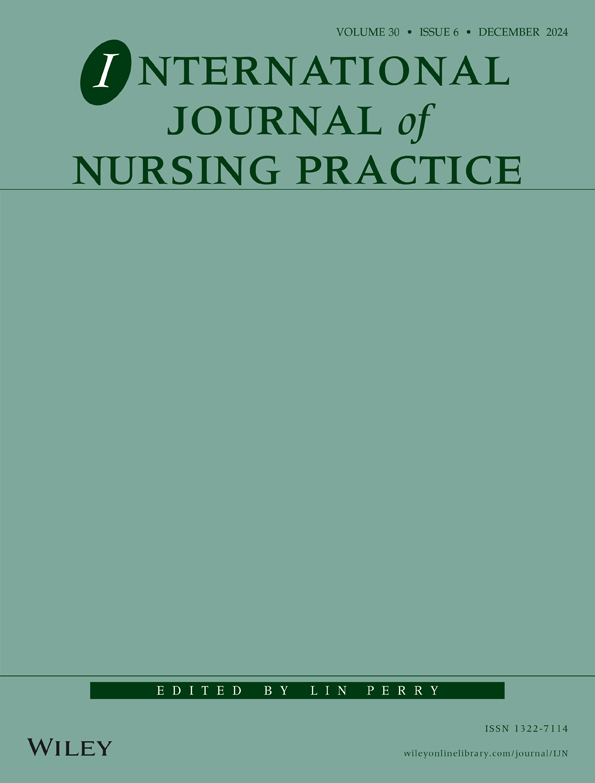Comparison of complications and indwelling time in midline catheters versus central venous catheters: A systematic review and meta-analysis
Funding information: The work was supported by “Plant Nursery” talent project of Beijing Tiantan Hospital, Capital Medical University (Grant No. 2023MP01).
Abstract
Background
Central venous catheters and midline catheters are commonly used as medium- to long-term intravenous infusion tools in clinical nursing. However, there is currently no reliable conclusion on whether there are differences in complications and indwelling time between these two types of catheters.
Aim
To investigate whether there are differences in the incidence of complications and indwelling time between the use of midline catheters and central venous catheters as intravenous infusion tools.
Methods
A systematic search was conducted across various databases including Web of Science, PubMed, Embase, Cochrane Library, CINAHL, Wanfang and China National Knowledge Infrastructure. The selection of studies and assessment of their quality was carried out independently by two reviewers. Meta-analysis was conducted using the RevMan 5.3 software. Heterogeneity was evaluated, one of the pooled analyses was performed using the random-effect model, while the others used the fixed-effect model. Mean differences or odds ratios with corresponding 95% confidence intervals were calculated.
Results
Ten studies (1,554 participants) met the inclusion criteria. Meta-analysis showed that there was a statistically significant difference in the complication rates [OR = 0.36, 95% CI (0.18, 0.70), p = 0.003], incidence of catheter-related thrombosis [OR = 0.28, 95% CI (0.11, 0.71), I2 = 0%,p = 0.007], catheter-related infection[OR = 0.36, 95% CI (0.16, 0.78), I2 = 27%, p = 0.007] and catheter blockage [OR = 0.21, 95% CI (0.09, 0.51), I2 = 18%, p = 0.0005] between midline catheters group and central venous catheters group. There was a statistically significant difference in the catheter indwelling time between the two groups [MD = 0.9, 95% CI (0.33, 1.46), I2 = 0%, p = 0.002]. There was no significant difference in other complications such as phlebitis, catheter dislodgement and leakage between the two groups.
Linking Evidence to Action
Midline catheter was superior to central venous catheter in terms of the overall complication rates and incidence of catheter-related thrombosis, catheter blockage, catheter-related infection and indwelling time.
Summary statement
- Choosing appropriate intravenous infusion tools can reduce the occurrence of complications and improve the safety of treatment. As two common medium and long-term infusion tools, MCs and CVCs are widely used in nursing practice.
- Some studies have explored the comparison of complications and indwelling time between MCs and CVCs, but the conclusions vary between studies.
- This first systematic assessment of the complications and indwelling time between MCs and CVCs.
- There was a statistically significant difference in the overall complication rates, incidence of catheter-related thrombosis, catheter-related infection and catheter blockage between MCs and CVCs.
- There was a statistically significant difference in the indwelling time between MCs and CVCs.
- MCs offer several advantages over CVCs in terms of implantation method, minimizing catheter-related complications, and prolonging catheter indwelling time.
- Findings can be applied as a reference to help nurses select an appropriate intravenous infusion catheter according to patients' needs.
CONFLICT OF INTEREST STATEMENT
The authors declare no conflicts of interest.
Open Research
DATA AVAILABILITY STATEMENT
The data that support the findings of this study are available from the corresponding author upon reasonable request.




